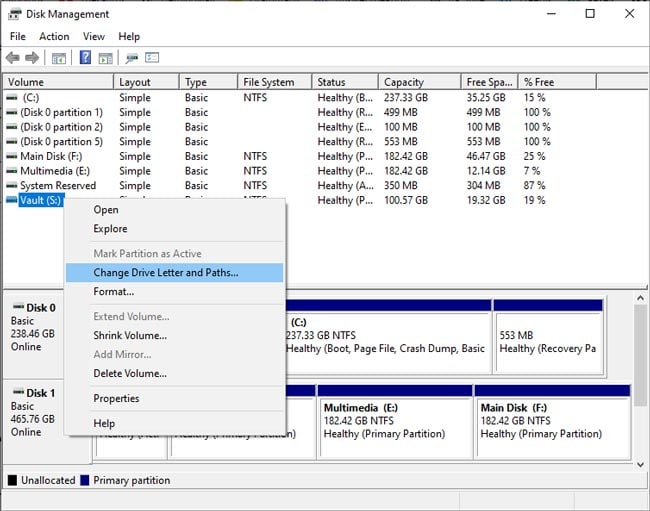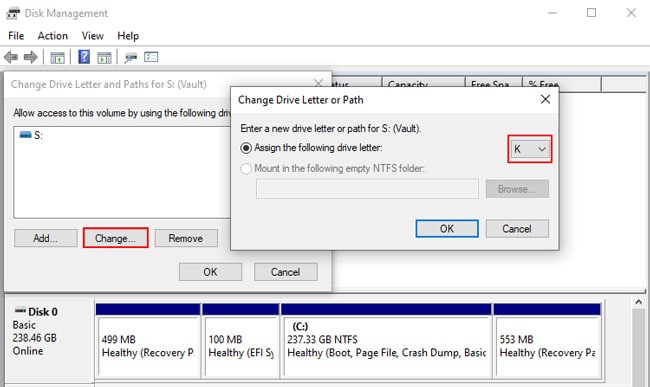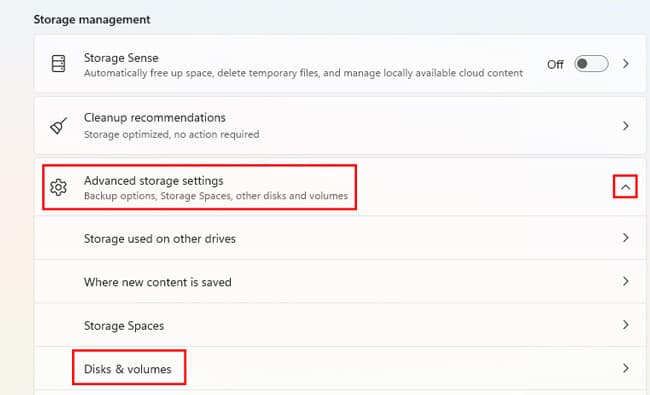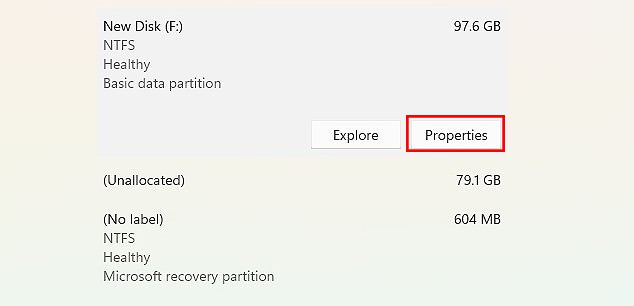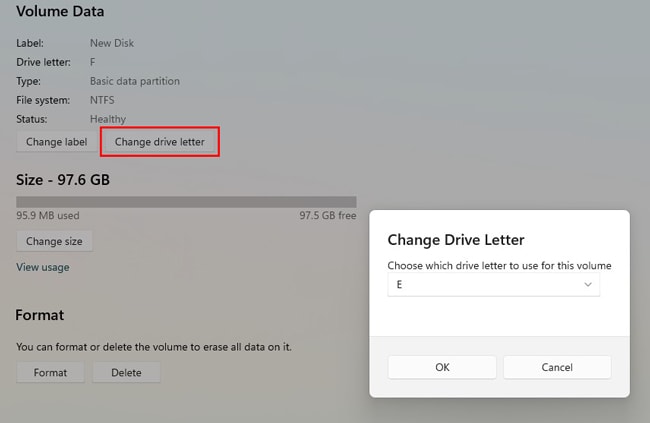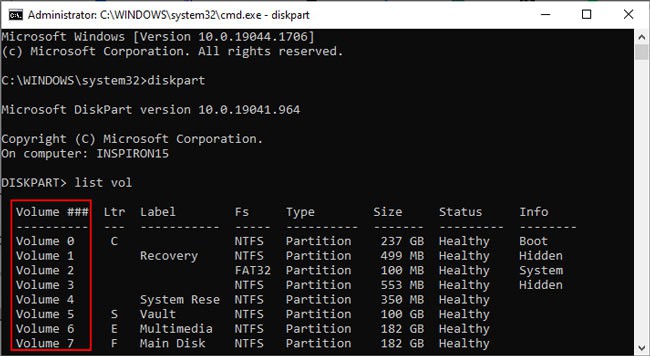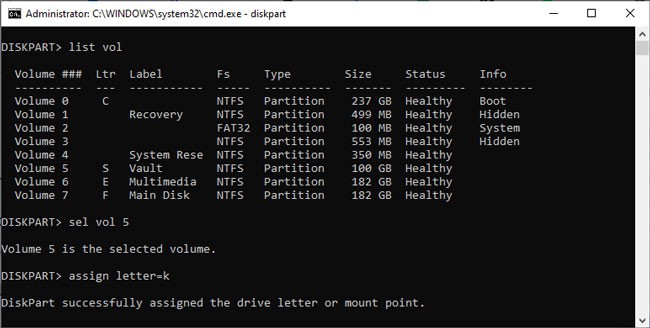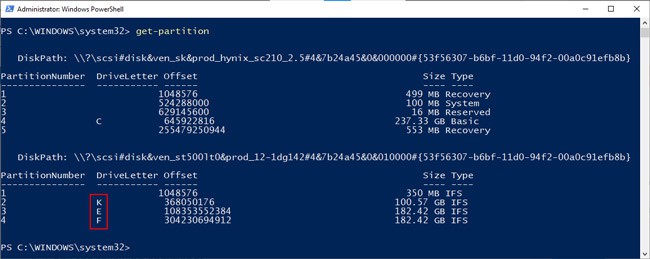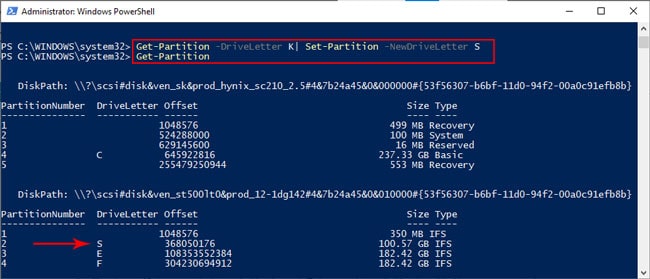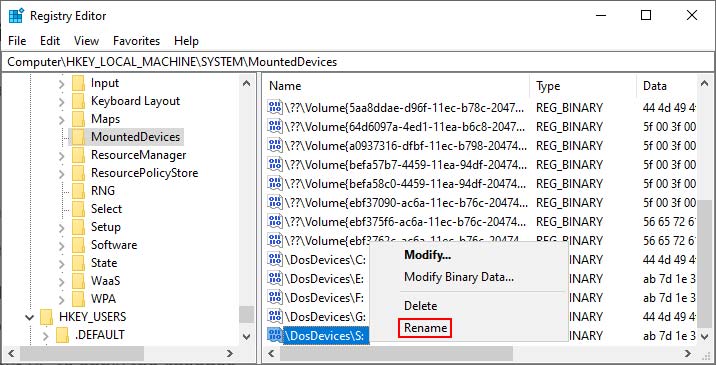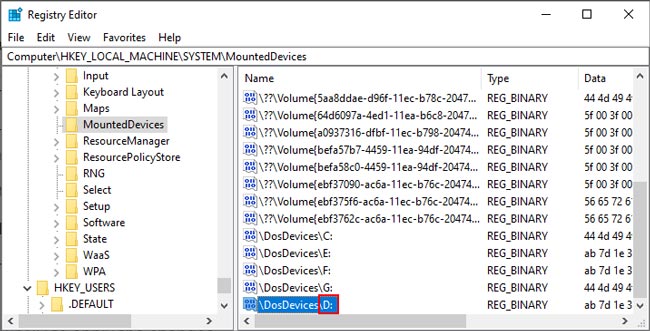Changing a drive letter in Windows has traditionally been done via the Disk Management utility, but in Windows 11, you can do this more easily via Settings.In addition to these, you can also change a drive letter using command line tools or via the registry. You’ll find the details regarding all these approaches in the guide below.
How to Change a Drive Letter on Windows 10/11
The Disk Management method will suffice for most users, but we’ve also detailed various other ways to change the drive letter for those interested.
Via Disk Management
Disk Management is a system utility used for various storage-related tasks such as allocating space, initializing a drive, and assigning drive letters too. Here are the steps to use this utility:
Via Settings
Unlike the classic Disk Management method, changing the drive letter via storage settings is a feature only available on Windows 11. So, Windows 10 users should skip ahead to the next section. With that said, the settings method is extremely simple. Here are the necessary steps:
Using Diskpart
If you face any issues with the earlier GUI methods, we recommend using diskpart. Diskpart is a command-line tool used for managing the system’s drives. It is easy to mess up with diskpart if you haven’t used it before, so please follow the steps listed below carefully:
Using Set-Partition
You can actually use CMD or Powershell as you prefer. Powershell supports diskpart, but there are also powershell-specific cmdlets for managing partitions. We’ve detailed the steps to use them below:
Using Registry Editor
Finally, you can change the drive letter using the registry editor as well. We recommend backing up the registry first if you’d like to try this method. With that said, here are the necessary steps:
Related Questions
Why Is Change Drive Letter and Paths Grayed Out?
The reason you can’t access the Change Drive Letter and Paths option is that either the drive is uninitialized, or it’s a partition that’s not meant to be accessed (EFI system partition or recovery partition).
How Do I Change The Boot Drive Letter? Is It Safe To Rename C: Drive?
The boot drive letter, which is C: in most cases, can be changed, but we do not recommend doing this as it is likely to cause a range of issues relating to booting and application startup. On the other hand, if you’re only renaming the system drive without changing the drive letter, this is safe to do.
How Do I Change The Hard Drive Name in Windows 11?
You can’t change the actual hard drive model name. But when most people say drive name, they actually mean partition name. So, in that case, you can right-click the drive and easily rename it via File Explorer or Disk Management.
